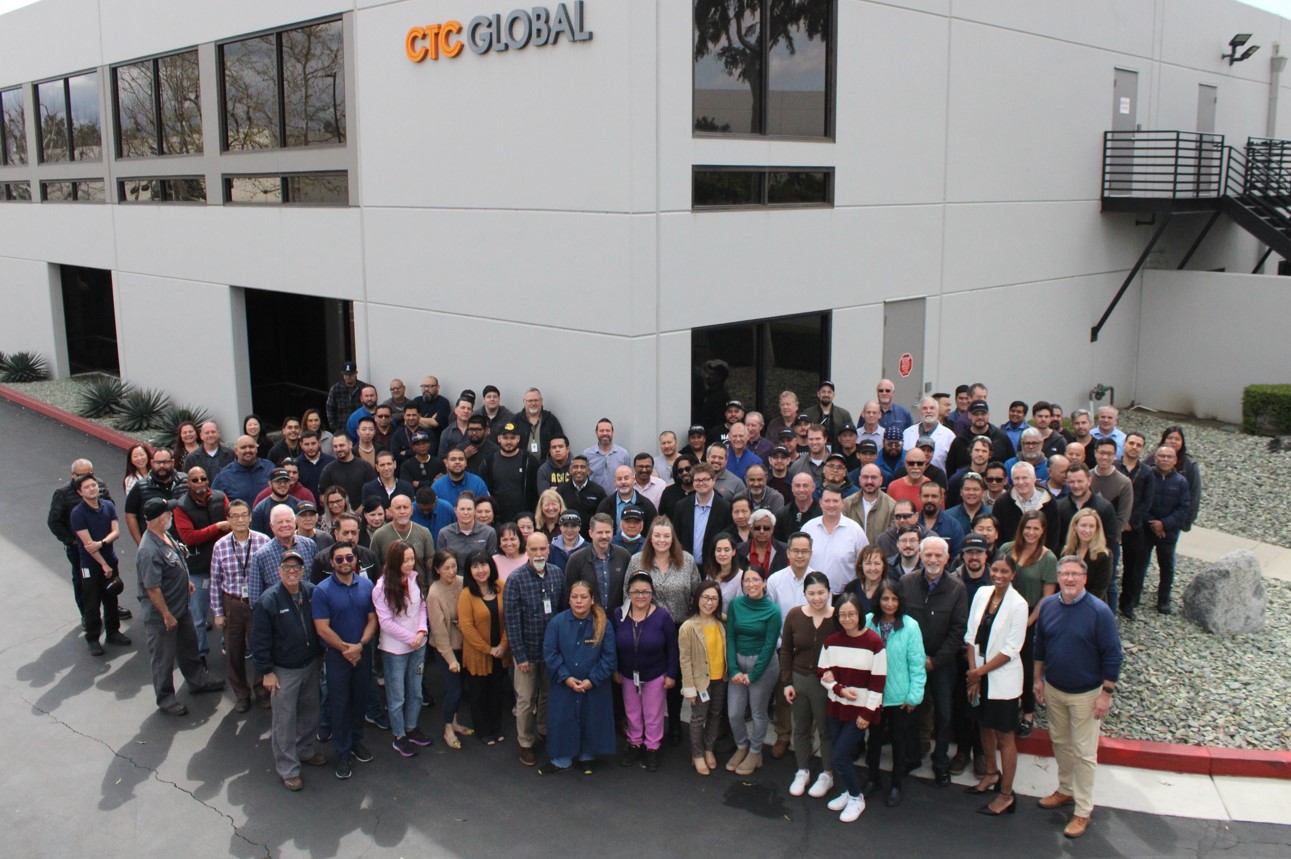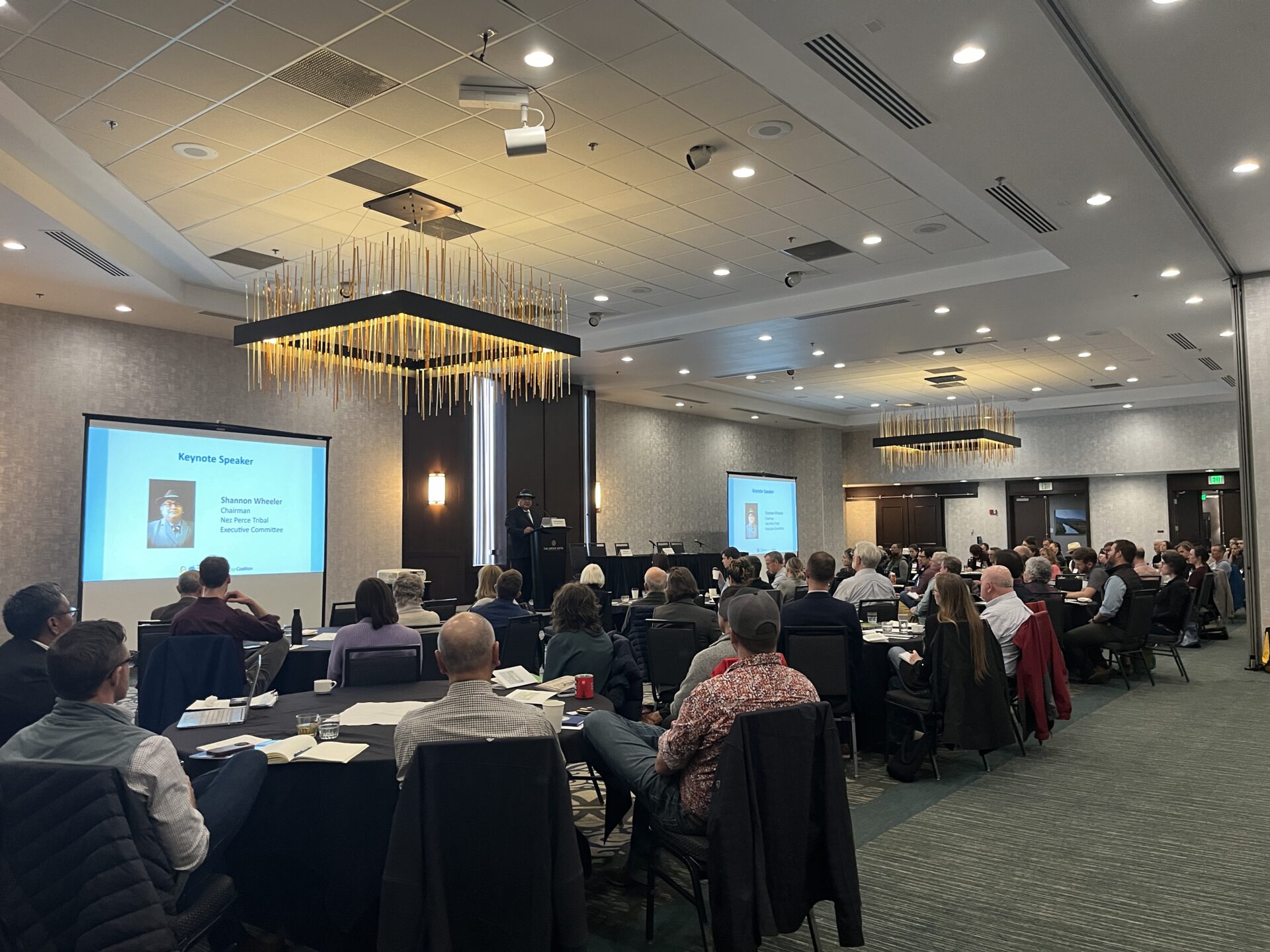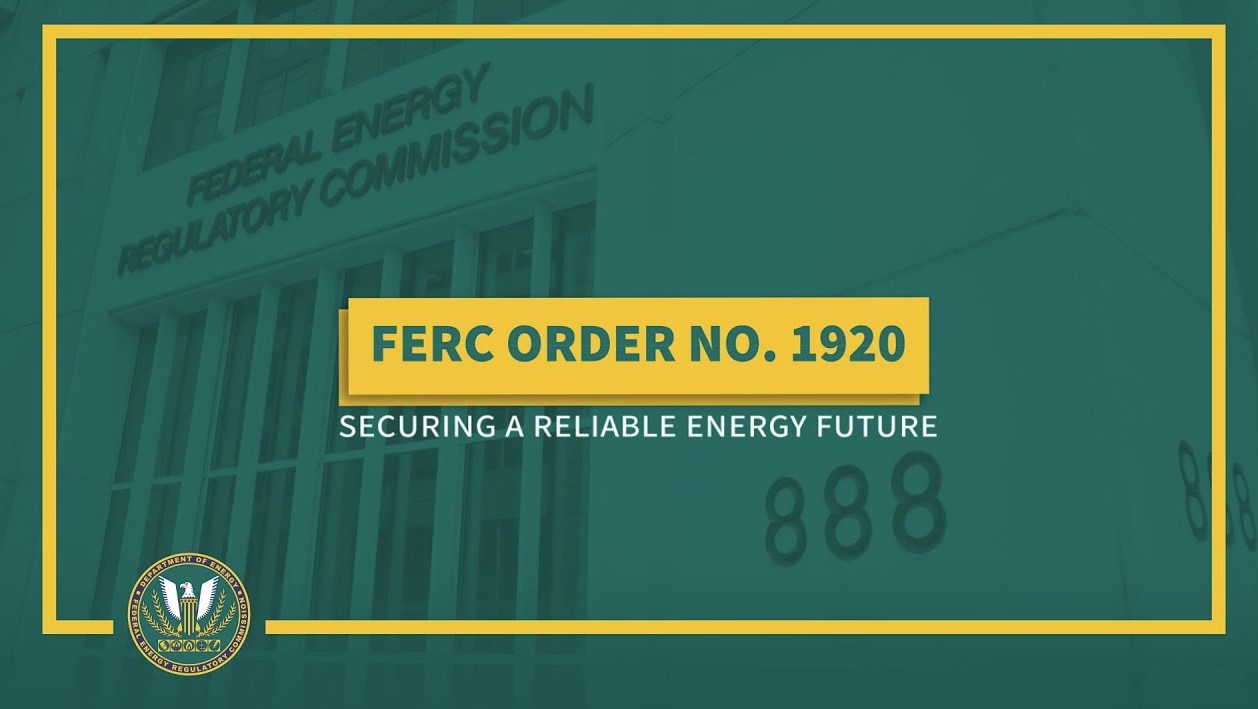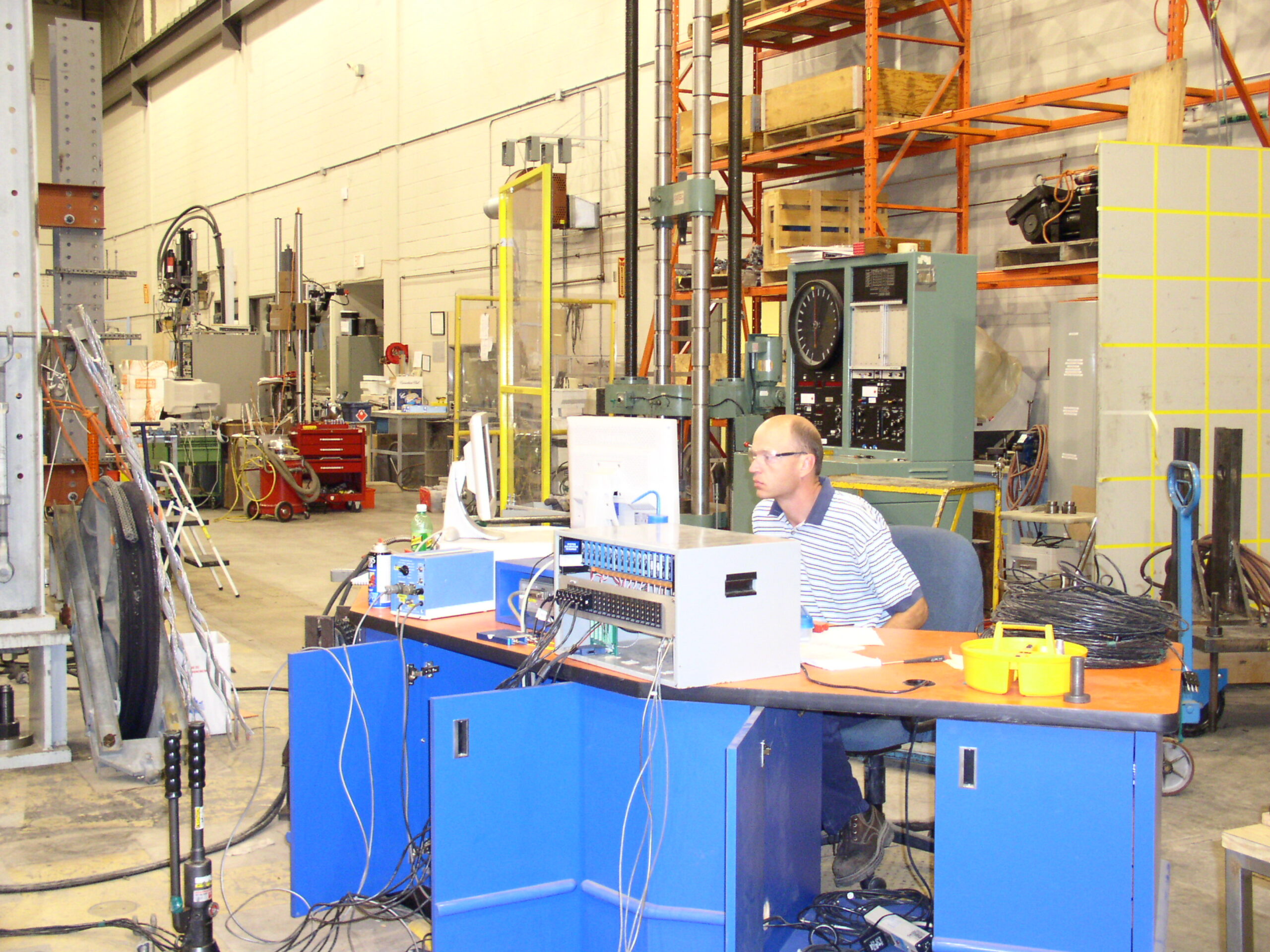In the electric power transmission business, most of us associate “grid efficiency” with improvements in generation equipment, transformers and demand side appliances. While new more efficient components in many cases are more expensive than the less efficient units they replace, their higher prices have generally been easy to justify due to their reduced operating and lifecycle costs. This article will explain how the use of CTC Global’s ACCC conductor is cost effectively helping improve grid efficiency and why it may be one of the least expensive means of reducing CO2 and other GHG emissions.
In 1992 the Energy Star® program was established to promote improved efficiency for appliances and building materials. This helped consumers better understand what they were buying and helped manufactures market their improved products. Subsidies and rebates were also provided in many instances to inspire consumer investment and reduce the need to build new generation at presumably higher costs.
More recently our ‘Smart Grid’ strategy was developed to help decrease peak load demand by shifting certain tasks to off peak hours. Recharging electric vehicles, being one example.
What’s surprising is how little any of us actually think about the efficiency of the grid itself that connects our appliances, homes and electric cars to generation. Most of the wire used for this currently consists of aluminum strands wrapped around a steel core. This wire is called “ACSR” (Aluminum Conductor Steel Reinforced) and the technology is more than 100 years old.
In the 1970’s a new conductor design was created. It was named “ACSS” (Aluminum Conductor Steel Supported). It’s very similar to ACSR, but the aluminum strands were pre-annealed in the factory. This allowed ACSS to operate at higher temperatures to accommodate increased loads. The problem with ACSS is that at higher operating temperatures, line losses climb exponentially. The other problem is that as the wire heats up due to electrical resistance, its high coefficient of thermal expansion causes it to sag which can lead to sag-trip outages. The major east coast blackout of 2003, for instance, was caused by excessive conductor sag.
To mitigate conductor sag – in the wake of the major east coast blackout – a number of companies including 3M and Composite Technology Corporation (now CTC Global) introduced “HCLS” (High-Capacity, Low-Sag) conductors. These designs used composite cores that allowed them to carry very high levels of current without exhibiting excessive conductor sag or suffering from excessive line losses. 3M’s product “ACCR” (Aluminum Conductor Composite Reinforced) uses a metal matrix composite that replaces the conventional steel core wires. The ACCR core is actually a fiber reinforced aluminum, so its electrical resistance (and efficiency) is greatly improved over conventional steel core that offers very poor conductivity. The CTC Global product “ACCC” (Aluminum Conductor Composite Core) uses a non-conductive carbon and glass fiber core. Because CTC Global’s ACCC core is so much lighter than steel, the design incorporates an additional 28 percent more aluminum without a weight or diameter penalty. The added aluminum content (and improved quality) serves to lower electrical resistance and therefore effectively reduces line losses by 25 to 40 percent or more compared to steel reinforced alternatives.
Leveraging high performance conductors like CTC Global’s ACCC has become particularly important today. They not only serve to improve grid efficiency and reliability, they also allow us to increase the capacity of existing transmission lines so we can access cleaner sources of generation. The global warming – climate change discussion, Clean Power Plan mandate (currently pending further review) and other State initiatives are pushing this need now more than ever.
To fully appreciate how high performance conductors work, consider a project recently completed by American Electric Power in the US. Their goal was to upgrade two 120 mile 345 kV circuits to accommodate a substantial increase in local demand. They replaced existing (double bundled) Drake size ACSR with Drake size ACCC. This effectively increased line capacity by 75 percent while maintaining an additional 600 amps of emergency reserve. AEP achieved exactly what they set out to and did so while the line remained energized. It was actually the largest live line reconductor project ever undertaken and the project was completed months ahead of schedule. AEP’s project won EEI’s Edison Award in 2016.
What AEP also realized, but probably didn’t think too much about initially, was a 30 percent reduction in line losses. While project details are generally not shared publically, using a few reasonable assumptions, we can put this into further perspective. Assuming a load factor of 34 percent and the state of Texas’ average CO2 emissions for all combined sources of generation at 1,279 pounds per MWh, AEP should realize a reduction in line losses of over 140,000 MWh and a CO2 emission reduction of well over 80,000 Metric Tons per year (per circuit). While delivering more power seems like a better business model than paying a customer to use less (referring to appliance subsidies), in this case, the line loss reductions should save AEP over $16 million per year (combined circuits), assuming a wholesale cost of $60/MWh. If you then factor in the generation capacity savings of over 38 MW (at an 80 percent capacity factor, combined), there appear to be additional benefits, realized or not.
While many leading executives have stated: “It’s cheaper to save a Nega Watt than it is to produce a Mega Watt,” in the case of delivering power, this is also very true. To put this in even greater perspective, a CO2 reduction of 80,000 Metric Tons is the equivalent of removing nearly 17,000 cars from the road. If you clip this down into a one mile section, that would equate to a CO2 reduction of 667 Metric Tons or a reduction of 140 cars per mile. Assuming a reconductoring cost of $300,000 per mile, this would equate to a one time cost of $450 per Metric Ton using a high performance conductor. Though things are changing quickly, the feds currently offer a $7,500 rebate for purchasers of electric cars. That equates to a government investment of $1,579 to save one Metric Ton of CO2 not including the cost of the car on top of it.
Not considering grid efficiency – and not taking action – is a highly wasted opportunity. If and when you have the opportunity to upgrade your transmission system, consider the importance of leveraging high performance conductors. At the end of day, the CO2 emission savings will cost you nothing, because the line loss reductions, generation capacity savings and higher sales volume will have already paid for the project cost several time over.






